Caught on Campus
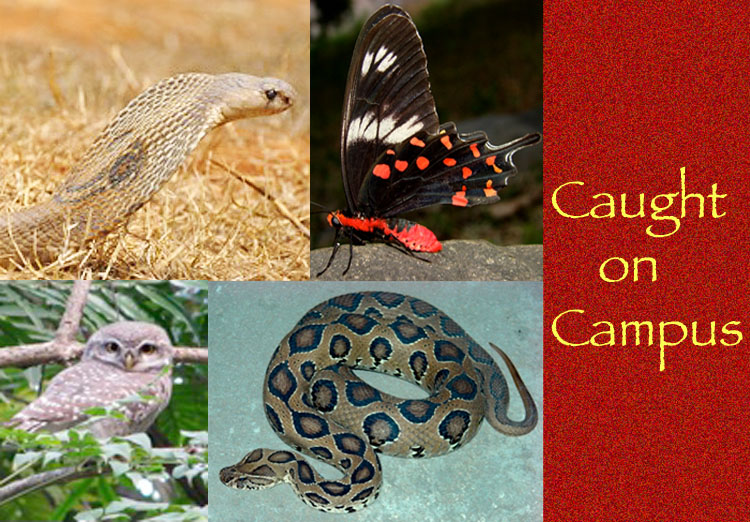
Spectacled Cobra, Crimson Rose, Spotted Owlet, Russel's Viper. Photos: Prasanjeet Vadav, Aditya Joshi, Amruta Varudkar, Aditya Joshi
When we walk around in NCBS, how often do we notice the other inhabitants of the campus? Mostly, we are too busy to notice anything else apart from the mosquitos in the upstairs canteen and the toads in the pond, who make sure we do not miss them. But on a relaxed day, if we take the trouble to look around, we do come across our campus-mates: an occasional rock lizard basking in the late morning sun, and the playful squirrels hopping from one tree to another. But NCBS has so much more to offer...
The big sausage tree near the gate must be one of the first Visiting Fellows who made NCBS their home and now worry the students who contemplate under them. This visitor is accompanied by some of the local friends. Jamun, jackfruit and figs together help in providing home to the most abundant taxa on the campus: Insects.
Of course the prettiest of them are the butterflies. All families of butterflies are well represented within the campus. The common ones are the plain tiger, the crimson rose, common jezebel, common emigrant, three spotted grass yellow, angled castor.
One of the most fascinating behaviours-migration - can be seen in Blue tigers and Common crow. Mandara inhabitants must be familiar with the sudden aggregation of many of these butterflies around August.
These being the more common ones, one can sometimes even get lucky to see rare beauties like the Commander, Blue mormon.
While walking down the corridor in the night, one look at the walls and you might see two eyes staring out at you. Not to worry, they belong to the owlet moth. That is how they trick their predators, mainly birds.
With respect to beauty, the moths in no way lose out to their cousins, the butterflies. The prettiest among them, the Oleander hawk moth can be commonly seen in the institute as well as the Parijata corridors.
The insect world has a lot more to offer besides butterflies and moths. Predators like mantis use camouflage to get their prey. Lady beetles prey on aphids and volunteer in keeping plants away from diseases. On an odd day in the football field you might stumble across a glow-worm; looking at which, you will find it really hard to believe that it is actually the female of a firefly!
This wide variety of insects forms food for an appreciable number of toads all of which have found a nice breeding place in our newly recreated pond. This abundance of toad attracts the most famous and the-most-talked-about-wildlife on campus, snakes.
Indeed, there is something awe-inspiring about these reptiles, that holds the attention of everyone. Is it because we over-associate them with "fear" or "danger"? There are both venomous and non-venomous snakes here in NCBS, who actually provide good pest control service by catching rats and mice. They also help some of the wildlife enthusiasts escape from the statistics classes and lab work!!! After all, who can resist a call for snake rescue and who can resist a chance to watch it?
Although rescued by students, these snakes have little chance against birds of prey like shikra, eagle owls, kites and booted eagles which find NCBS campus as their home. NCBS harbours a very rich birdlife even besides birds of prey.
Grey wagtails and little egrets are the regular visitors of our lawn besides the football players. Spotted doves, paradise flycatchers, warblers, barbets are the real "aesthetic beauty" of NCBS.
Misted glass panes of the bridge between first floors of the Academic block and Admin block to avoid bird hits can only be taken as a token of appreciation from our side towards these magnificent creatures. The instances of bird hit on the window panes have reduced considerably since then.
It is clear then that this is not just a random aggregation of animals on the campus but actually a fully functioning food chain with dozens of species interacting with one another. The people, who witnessed the famous "battle of ants" two years ago in front of the old dining block, will appreciate how much vitality the campus biodiversity holds. All we need to do is take some time off our lab-work, keep our eyes open and enjoy the beauty of life all around us.
More fauna...Caught on Campus!
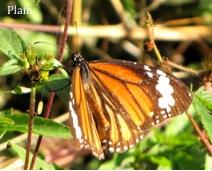
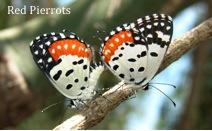
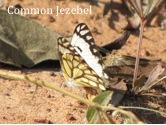
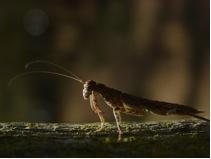

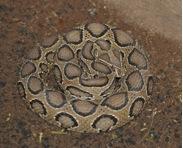
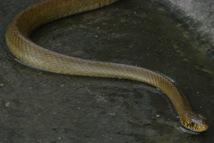
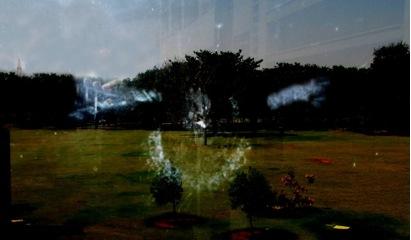
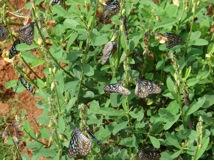
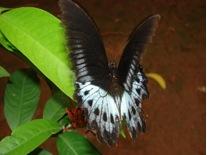
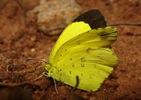
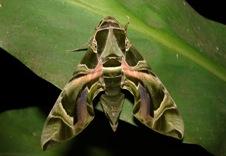
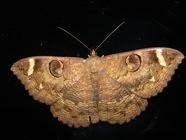
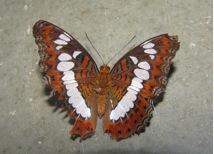
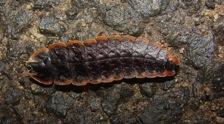
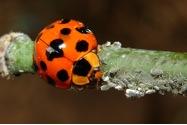
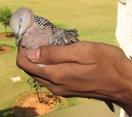
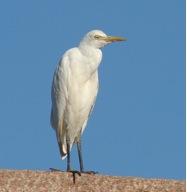
Comments
Dear Amruta, There are a
Thank you Anand. I will make
Post new comment